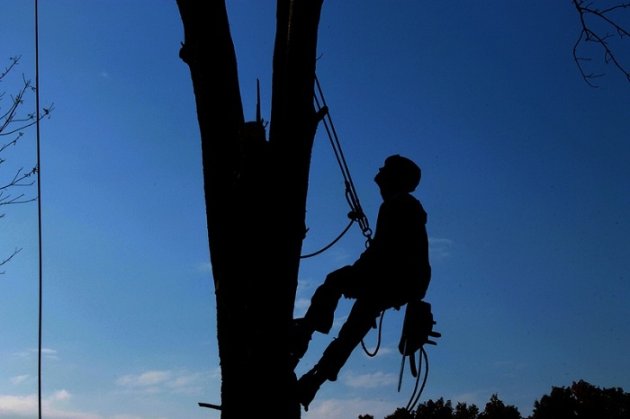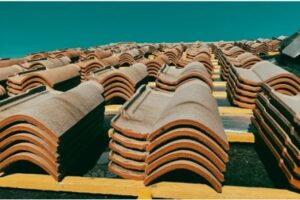Trees are wonderful things, they provide shade, oxygen, and a home for wildlife, and they are just plain pretty to look at. There is definitely something soothing about trees, just seeing them and being around them tends to lower our heart rate and blood pressure, as well as instilling a sense of peace and well-being in us, they are truly a balm for the body and soul.
Even so, there may come a time when even a much-loved tree grows old and sick, and sadly presents a danger to all who are near it. In that case, the best thing to do is engage the services of a professional tree removal service that has the skills and tools to bring a diseased tree down safely.

So, how can we judge when one of our beloved tree’s time has come? It’s best to consult with an arborist who can discern the viability of a tree and give educated advice on the tree’s health and welfare. Of course, we all want to save as many trees as we possibly can, but sometimes there is just too much that has gone wrong, and removal is sadly the best option. Here are some of the signs the arborist, and you, can look for:
Visible signs of infection like cracks and deep splits in the tree’s bark, dieback of the crown, crumbly and softwood, the presence of fungi, discoloured and misshapen leaves. Evidence of insect pests like boreholes also indicates that a tree’s health may be compromised beyond care.
Large, dead branches up in the tree’s crown are referred to as “widow-makers” because of their unfortunate penchant for unexpectedly falling for no apparent reason, sometimes resulting in grievous harm to anyone who happens to be below. One should have a tree that is more than fifty per cent dead or damaged removed for safety reasons.
A tree with a trunk that is hollow is seriously compromised and presents a real hazard. If more than a third of the tree is hollow rotted or inside, removal is the only recourse.
A compromised trunk full of cracks, splits, wounds, and the stubs of dead branches show evidence of internal decay. Trees can survive despite internal decay and remain standing for many years, but it’s only a matter of time before they eventually succumb and fall. Trees that have multiple trunks, called “leaders”, are also prone to structural problems that can eventually lead to illness and death, making the tree hazardous to passers-by.
All leaning trees aren’t dangerous, but a tree that is found to be suddenly leaning to one side has developed a serious structural problem and should be removed before it falls on someone.
Australia is a nation very serious about preserving trees so be sure to check the tree protection laws before taking action. We all cherish our beautiful trees, but nothing is permanent, and there may come a time when the best and safest course is removal. Afterwards, plant a new tree!




